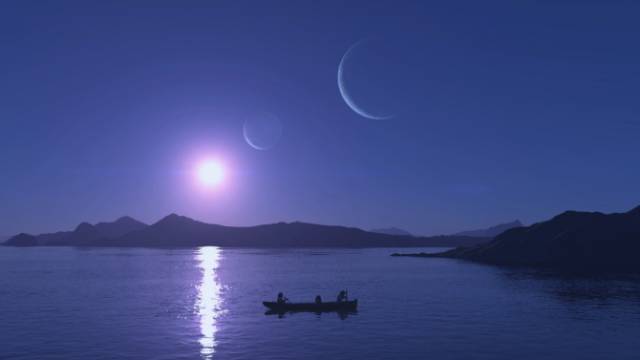
 With its Patagonian Archipelago, Tierra Del Fuego Islands and 2,670 miles of coastline, Chile’s cultural landscape holds mystical elements. In his documentary The Pearl Button, director Patricio Guzman explores how nature holds within it the memory and history of humanity.
With its Patagonian Archipelago, Tierra Del Fuego Islands and 2,670 miles of coastline, Chile’s cultural landscape holds mystical elements. In his documentary The Pearl Button, director Patricio Guzman explores how nature holds within it the memory and history of humanity.
Guzman begins the film with a poetic narrative on how water is the life force of mankind, and “the intermediary force between the stars and us.” He weaves water’s power with two historical accounts. First comes the story of the natives who inhabited the south. Patagonia, known for its overwhelming geography and climate was also home to five indigenous groups whose entire lives and cultures revolved around water.
Nomads, they traveled to and through the islands and fjords by canoe and lived unencumbered for centuries. After the settlers and missionaries colonized their land, however, the natives were routinely stripped of their language, land and way of life. What followed shortly thereafter was a genocide that wiped away the majority of the aboriginal population. Guzman interviews a few of the remaining descendants of these tribes, most notably a mesmerizing woman named Gabriela who recounts her girlhood traveling by canoe and diving. She does not identify as Chilean but as Kawésqar.
The second story Guzman tells is of a history that is more personal to him: the US-sponsored 1973 coup d’etat that put Chile under Augusto Pinochet’s terrifying dictatorship. Dawson Island, located in the Strait of Magellan forming part of the Tierra del Fuego archipelago, was previously used as internment camps for natives in the 19th century and then employed to house political prisoners suspected of communism after the coup. Although there are several connections that link these two historical pasts (the connection is also where the film gets its inspired title), the documentary loses a bit of its impact when it recounts its more recent past, if only because it feels as though each story deserves a film of its own.
The sweeping cinematography (by Katell Djian) is breathtaking. Sound is important to Guzman and the masterfully composed film score (by Hughes Maréchal, Jose Miguel Tobar and Miguel Miranda) is filled with cracking glaciers and running water interlaced with instrumentals. The universe is made up of water after all, and the sounds hold within them the memories and the history of humanity.